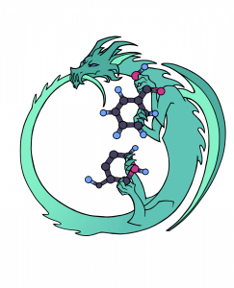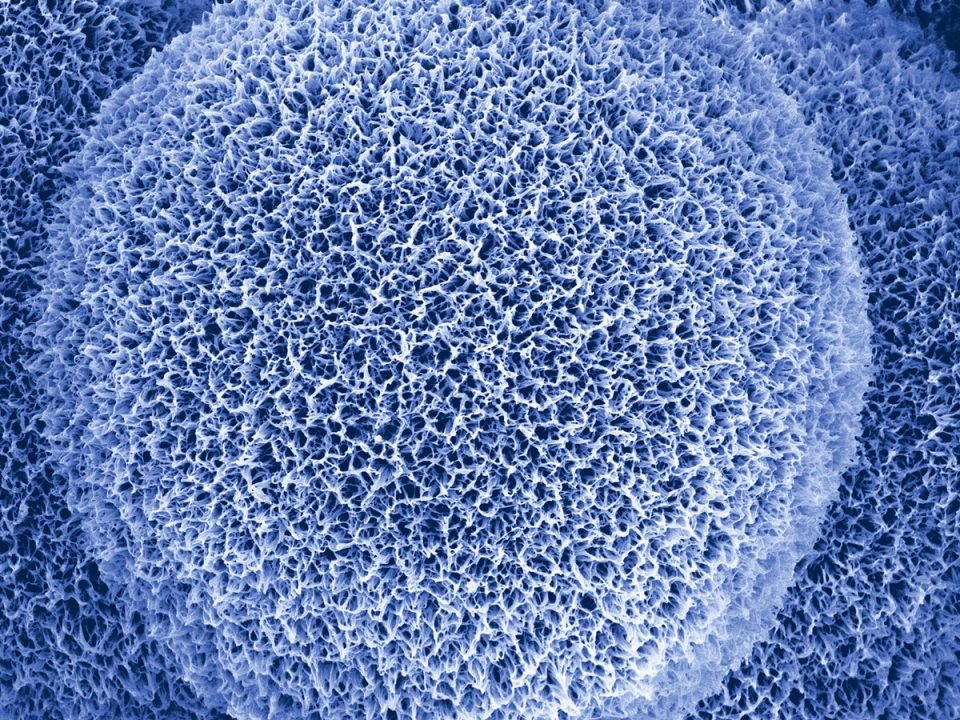
Rules for working with chromatographic columns with modified stationary phases
October 18, 2023
What Is C18? A Guide on the Basics of HPLC Analytical Columns
December 7, 2023Working with Buffer Solutions in HPLC
What is a buffer solution, and how does it work?
A buffer solution, or simply a "buffer," is a solution containing a salt that exhibits properties of both an acid and a base. The pH of a buffer solution has resistance to change by the addition of small amounts of acid or base and by dilution. This ability to maintain a constant pH is referred to as its buffering capacity.
Why are different types of buffer solutions necessary?
The capacity of a buffer is determined by the type of anion (or cation) provided by the salt, according to the rule: pH = pKa ± 1, where pKa is the dissociation constant of the ion that provides buffering capacity. Therefore, to work in different pH ranges, various buffering ions with different pKa values are needed.
For example, phosphoric acid is triprotic, meaning it can donate three protons in a stepwise manner. The first proton is easily released in an acidic environment (pKa(1) = 2.15), so the buffering capacity is at its maximum between pH 1.15 and 3.15. To prepare the buffer, you need to add phosphoric acid to a monosodium phosphate solution.
The second proton is harder to cleave, it can only be done in a neutral environment (pKa(2) = 7.20), making the buffering capacity effective between pH 6.20 and 8.20. To create this buffer, you can use a mixture of mono- and disodium phosphate.
The third proton is cleaved with difficulty, requiring a highly alkaline environment (pKa(3) = 12.32). The buffering capacity is maximized between pH 11.32 and 13.32. To prepare this buffer, you need to add a strong base to a disodium phosphate solution.
Why are buffer solutions used in HPLC?
Buffers are only necessary when the target compounds include compounds with ionizable groups: acids, bases, zwitterions.
A buffer can also function as a simple salt solution. In the reversed-phase mode, salt increases retention. This process is used to enhance the retention of hydrophilic compounds like organic fruit acids.
In ion chromatography, salt reduces retention. This process is used to elute highly charged compounds.
In reversed-phase HPLC, the addition of inorganic salts to the mobile phase suppresses the broadening of chromatographic peaks of compounds that are prone to chelation interactions with the stationary phase.
How do you choose the buffer concentration?
The fundamental rule is that the salt should not precipitate from the mobile phase under any circumstances.
How to ensure there is no salt precipitation in the device's components?
For the preparation of buffers, use salts with higher solubility. Instead of potassium phosphates, consider using ammonium phosphates.
Which buffer is better to use - phosphate or acetate (formate)?
For a UV detector, it's better to use a phosphate buffer because it is transparent in ultraviolet light. For detectors like mass-selective and evaporative light scattering detectors, use volatile buffers based on ammonium formate.
You can use buffers based on carboxylic acids (acetate, formate, trifluoroacetate) with a UV detector, but only if the applied wavelength is above 220–230 nm. It is not recommended to work with organic buffers at shorter (about 210 nm) wavelengths, even in isocratic mode.





